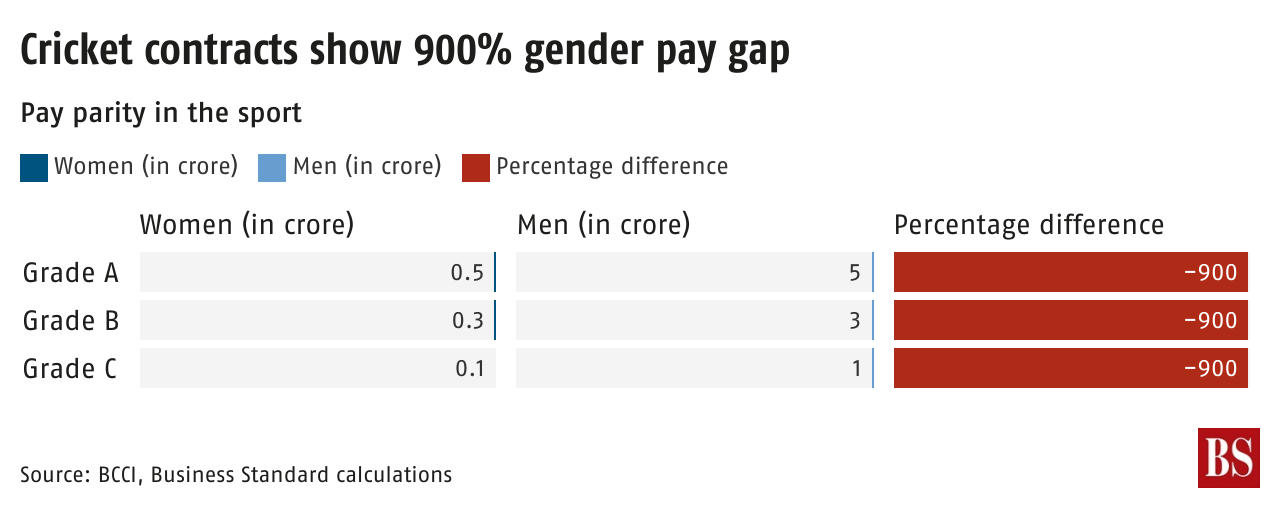Just not cricket: WPL success rare for Indian sportswomen
Gender disparity in other sports continues: In participation, recognition, and reward
Mumbai Indians beat Delhi Capitals by eight runs to win the 2025 edition of the Women’s Premier League (WPL) on March 15. The match at Mumbai’s Brabourne Stadium capped off a season of close contests and rising viewership, underscoring WPL’s stature as the premier platform for women’s cricket in India.
Launched in 2023, the WPL was a turning point for women’s sport in India. With five franchise teams, record-breaking player bids and a media rights deal reportedly worth Rs 951 crore, the league marked both commercial viability and institutional backing for women’s cricket.
But WPL’s success is rare in Indian women’s sport. Beyond cricket, disparities in participation, recognition and pay persist, most visibly in the Olympics, which brings together a wide spectrum of disciplines and offers a clear snapshot of where Indian women athletes stand.
Between 2004 and 2020, global female participation in the Olympics rose from 38.2 per cent to 48.7 per cent. India made gains. Female athletes comprised 38 per cent of the Indian Olympic contingent in 2004; the share fell to 28 per cent in 2012, and improved to 44.44 per cent in 2016 and 47.69 per cent in 2020 (chart 1, click image for interactive link).
Despite their lower representation in the Olympics, Indian women athletes win more medals. From the 1996 to 2020 Olympics, the medal success rate for women was 3.1 per cent, compared to 2.0 per cent for men (chart 2).
There is no readily available comprehensive data on gender wise average earnings of sportspersons in India. A rough estimate can be made by analysing earnings in cricket, India's most popular sport.
The Indian cricket board, in 2022, announced equal pay for men and women cricketers: Rs 15 lakh for a Test match, Rs 6 lakh for ODI, and Rs 3 lakh for T20. The reform was historic but the money women are paid according to the board’s player contracts is significantly less than men across all grades. While a male in Grade A contract earns Rs 5 crore annually, a female receives Rs 0.5 crore. The gap continues in Grade B (Rs 3 crore vs Rs 0.3 crore) and Grade C (Rs 1 crore vs Rs 0.1 crore), amounting to a consistent 900 per cent difference (chart 3).
Notably, the brand value of the men’s Indian Premier League increased 13 per cent to reach Rs 1 trillion ($12 billion) last year. WPL’s valuation increased by 8 per cent, from Rs 1,250 crore to Rs 1,350 crore in 2024 (approximately $150 million to $160 million).
Indian sportswomen continue to deliver results, but the data highlights an imbalance in participation, recognition, and reward.





